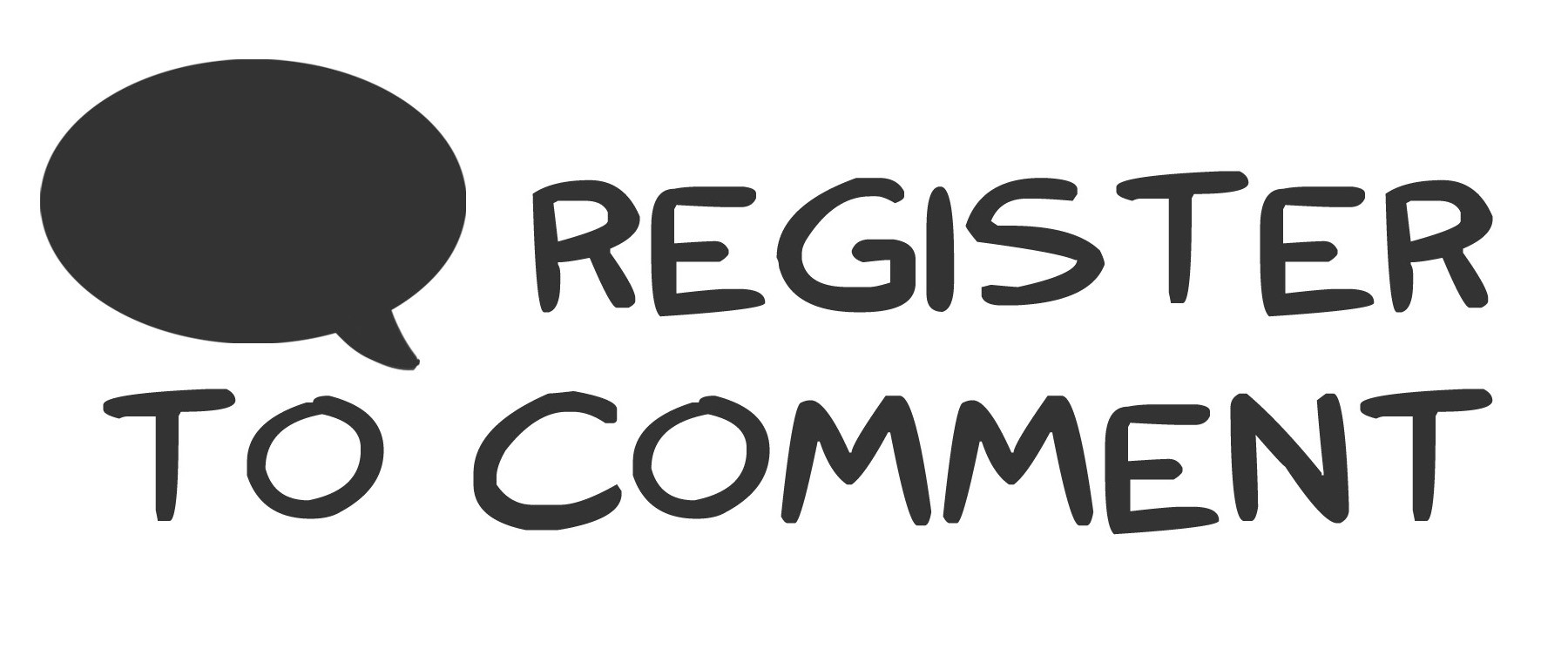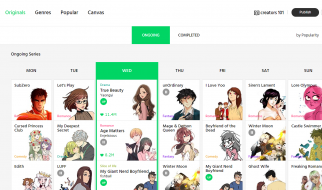Soldiers couldn?t beat back thousands of flightless birds
by MATTHEW GAULT
After World War I, more than 5,000 Australian veterans took money and land from the government to establish farms in the country?s harsh west.
Life was hard, but not impossible for the former soldiers. But during the 1930s, the Great Depression tanked the world economy and a drought ravaged Australia. Worse, a marauding horde of 20,000 emus invaded the western farms.
The emus had migrated from the center of the country. They sought safety, water ? and the farmers? delicious wheat.
?The enemy is the tough, prolific, gangling marauder of the sand plains whose species ? has invaded, in a frenzy of hunger, some of the finest fields at the time of ripening of the harvest to shear off crops with voracious beaks,? The Sunday Herald newspaper stated in 1953.
The emus brought devastation at a time when farmers? yields were already low. But most of the farmers were once soldiers, and they had rifles. But they also remembered the more powerful weapons of the Great War ? such as machine guns.

It was 1932, and Australia was about to go to war against the emu. The war would be far more difficult than anyone anticipated.
?There?s only one way to kill an emu,? one veteran of the bizarre conflict remarked to The Herald. ?Shoot him through the back of the head when his mouth is closed, or through the front of his mouth when his mouth is open. That?s how hard it is.?
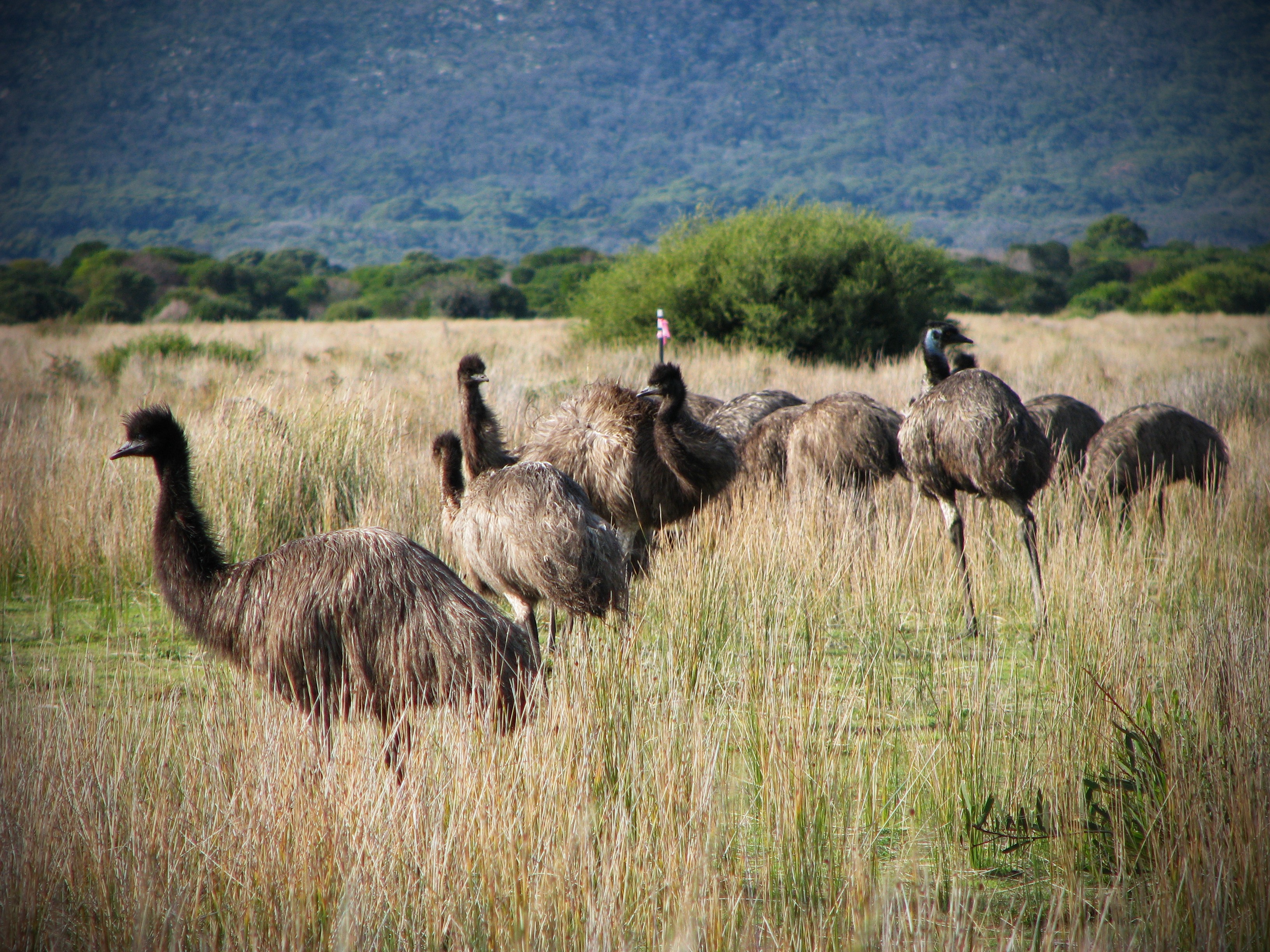 A pack of emus. Eduardo Mariz via Wikimedia. At top ? Australian soldiers fire a Lewis machine gun during World War I. Photo via Wikimedia
A pack of emus. Eduardo Mariz via Wikimedia. At top ? Australian soldiers fire a Lewis machine gun during World War I. Photo via Wikimedia
Weighing in between 70 to 100 pounds and standing as high as six feet, the emu is one of the largest birds on the planet. They can?t fly, but make up for their lack of vertical lift with a running speed of 30 miles per hour.
The emu is highly intelligent. They hunt and travel in packs, adapt to environments and survive in one of the harshest climates on earth ? the wilds of Australia. The hungry birds ransacked crops, tore down fences and soaked up water.
A delegation of western farmers traveled to Canberra, where they requested help from the government to fight the emu menace.
The farmers had plenty of reasons to be upset. In previous years, Canberra had encouraged them to grow wheat, promising it would ease the burden of the Depression. Parliament even said it would subsidize the crop, but it hadn?t.
The delegation of soldier-settlers cornered Australian Defense Minister George Pearce and told him they needed help fighting the birds. And they wanted machine guns.
The minister relented. He would send the weapons, but soldiers ? not veterans ? would operate them. The eradication of the emu would be an official military operation. He ordered Maj. G.P.W. Meredith ? commander of the Royal Australian Artillery?s Seventh Heavy Battery ? to lead the mission.
Meredith took three men with him ? two soldiers to operate the weapons and a Movietone News journalist to film the conflict. The men planned to annihilate the animals with two Lewis machine guns and a stockpile of 10,000 rounds of ammunition.
The Lewis is a gas-operated American weapon used extensively during World War I. It feeds bullets from a firing pan capable of holding almost 100 rounds. The gun can fire 500 rounds per minute. The soldiers ? both current and former ? were confident the birds were done.
The emus had other plans.
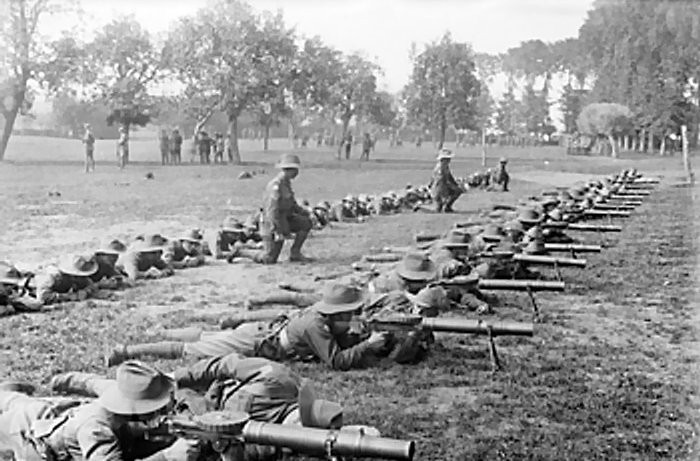
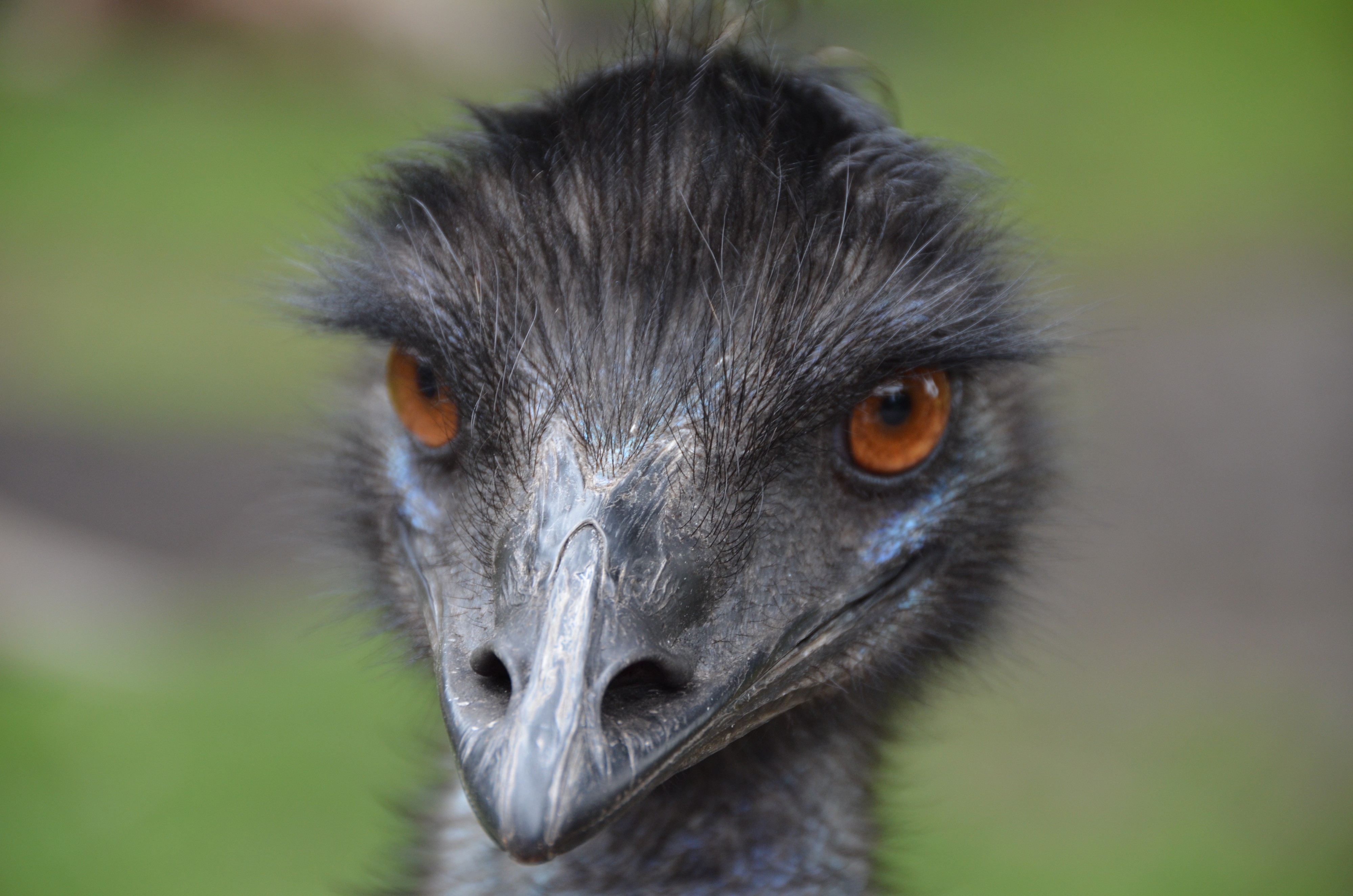 At left ? Australian soldiers test fire the Lewis. At right ? the enemy up close. Photos via Wikimedia
At left ? Australian soldiers test fire the Lewis. At right ? the enemy up close. Photos via Wikimedia
Meredith and his men arrived in early October, but a sudden torrential rain scattered the birds and scrapped the operation. Which was great for the farmers? water problem, but didn?t help with the birds.
The soldiers returned later in the month. Meredith and his men set up camp in the small settlement of Campion, Western Australia. Then a pack of 50 emus wandered nearby.
The birds were out of machine-gun range, so Meredith ordered the farmers to flank the emus and frighten them into the firing line. The emus weren?t idiots, and ran for a nearby treeline instead. Despite the range, Meredith ordered the guns to fire.
The first round missed, but the second wounded several birds. This scene established the rhythm of the conflict ? men underestimating the emu?s intelligence, the ineffective use of machine guns and low casualties among the emus.

After scouting the nearby farms and assessing the flocks of birds, Meredith and his men decided it would win the war through ambushes. To that end, he established hidden positions near water supplies and waited for the birds to come to him.
On the morning of Nov. 4, about 1,000 emus moved from the trees and toward the water. Meredith and his guns lay in wait.
As the birds closed, the soldiers opened fire with their Lewis guns. Dozens of emus fell. But one machine gun jammed, and the hundreds of surviving emus fled to the safety of the trees. The soldiers cleared the jam and waited again. The birds never returned.
?The emus have proved that they are not so stupid,? the local paper Kalgoorlie Miner reported at the time.
?Each mob has its leader, always an enormous black-plumed bird standing fully six-feet high, who keeps watch while his fellows busy themselves with the wheat.?
?At the first suspicious sign, he gives the signal, and dozens of heads stretch up out of the crop. A few birds will take fright, starting headlong stampede for the scrub, the leader always remaining until his followers have reached safety.?
Beaten once again, Meredith moved his troops south following reports that the emus there were more placid. He also devised a new tactic.
The birds were smarter and faster than anticipated ? so fast that they were often out of range of the machine guns before the soldiers could aim and fire. Meredith needed to get the guns close and keep them close.
So he decided to mount a Lewis onto one of the farmer?s trucks. It didn?t go well. When weighed down by the gunner and his 30-pound weapon, the vehicles still couldn?t keep up with the emus. Worse, the bumpy ride made it impossible to aim.
No soldier fired a shot from the back of a truck during the operation, but one industrious farmer did use his vehicle to run down a slow straggler.
The hit-and-run backfired when the emu smashed through the car, tangling itself in the steering wheel. The truck ran off the road and plowed through several feet of fence before it stopped.
 The emu. Ed Dunens/Flickr photo
The emu. Ed Dunens/Flickr photo
The campaign wore on, and the local press was less than kind to the soldiers. The bad coverage caused Australia?s government to recall the troops. But farmers protested, and Meredith and his men went back to war against the emus in mid-November.
The commander sent reports back to Canberra about the devastation he brought on the birds. According to Meredith, close to 1,000 emus died after his men fired off all their ammunition. He claimed 2,500 more succumbed to injuries after taking fire.
These claims are impossible to verify. Estimates of the number of dead emus from other observers range from 100 to 1,000. It?s possible that Meredith inflated his own numbers. We?ll never know.
But we do know that the commander admired his adversaries. ?The emu is an amazingly hard bird to kill outright, many carry mortal wounds up to a distance of half a mile,? he wrote in his report of the incident.
?If we had a military division with the bullet-carrying capacity of these birds,? Meredith told a local paper. ?It would face any army in the world. They could face machine guns with the invulnerability of tanks.?
It was clear to parliament that the beasts had won, and that Meredith?s campaign was ineffective. The commander, his men and the Lewis machine guns went back east at the beginning of December, leaving the farmers to fend for themselves against the emu threat.
And fight they did. The farmers killed hundreds of thousands of the birds during the next few decades. One Australian paper estimated that almost 300,000 of the birds died at the hands of exterminators between 1945 and 1960.
Buy ?Australian Military Slang: A Dictionary.?
But the old soldiers never stopped trying to bring the military back west. The settlers attempted ? and failed ? to call the machine guns into action against the emu in 1934, 1943 and 1948.
Parliament ? perhaps remembering the reams of bad press and embarrassing lack of dead birds ? never again deployed its troops against the mighty emu.
The Australian military lost the Emu War.
